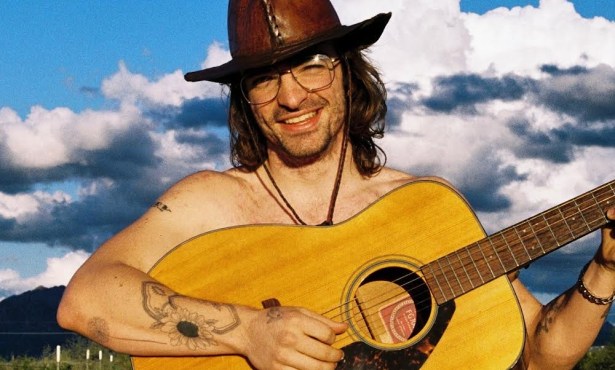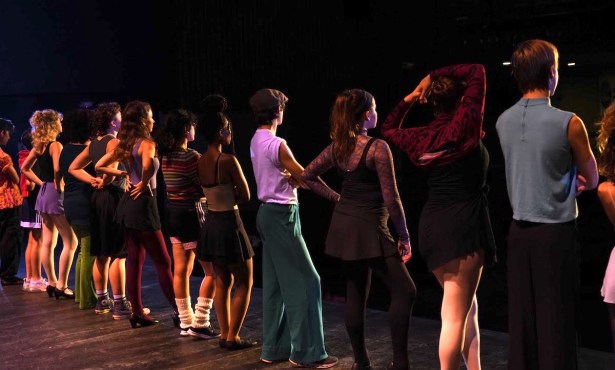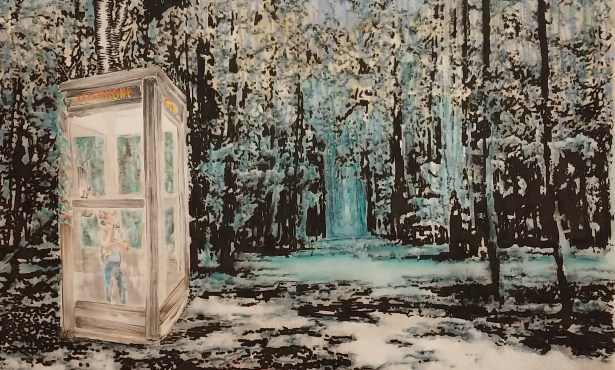Book Review: A Naturalist’s Guide to the Santa Barbara Region
Teacher and Naturalist Joan Easton Lentz Pens New Book
When she was a girl in the 1950s, Joan Easton Lentz took her first camping trip into the chaparral-carpeted backcountry of Santa Barbara County. Hiking with her sister, Ellen, and father, author Robert O. Easton, she recalled the trail as hot and dusty, and the poison oak as potent.
Even more contagious than the poison oak was her father’s joyful enthusiasm for the natural world “because nothing was boring or taken for granted,” Lentz said. His stories of gliding condors, Chumash ceremonial caves, and of chasing wild cattle through the chaparral with vaqueros from his father’s ranch cling to her memory. She also learned how important chaparral shrubs are to water and soil retention, and she never forgot the smell of this tall, tough ground cover.

Many forays later as teacher, naturalist, and avid birder, Lentz hopes to foster an urge to explore and understand area habitats with her new, 528-page book, A Naturalist’s Guide to the Santa Barbara Region. The Montecito resident calls it the first natural history of the region, which she considers to be from Ventura’s Point Mugu to the Northern Channel Islands to Southern San Luis Obispo County, and east to Kern County’s Temblor Range.
Packed with interesting facts about plants, wildlife, geology, and how they influence each other, the book is a self-described “big picture” presentation. Starting with a condor’s-eye view of terrain that crosses county borders, the narrative dips into diverse ecosystems that support life in the water and land.
Habitat by habitat, Lentz advances from the Pacific Ocean to the mountains, deviating slightly to examine the Northern Channel Islands as a laboratory for evolution. She concludes with a potpourri of critters that can be discovered in a backyard or urban park, and a ringing motto, “Leave no child or adult inside.”
A research associate for the Santa Barbara Museum of Natural History, Lentz employs stories to bring facts alive, revealing a thoughtful teacher behind what she calls “an introduction” to regional natural history. We learn how the National Park Service used captive breeding to retrieve the island fox from the edge of extinction, the value of parasites in controlling snails in Carpinteria’s salt marsh, and other lessons.
Since 1984, she has taught adult-education classes on birds and birding, taking students to see feathered residents and avian visitors alike. For many years she coordinated the area annual Audubon Christmas Bird Count, which usually saw Santa Barbara place in the top five birding areas of the nation.
Like streams merging with a great river, her experiences and knowledge inform the main text of A Naturalist’s Guide, but it is in the Nature Journal sidebars that her passions shine through. “For 30 years, I’ve kept a nature journal, and a lot is about birds, but there were other experiences I wrote about,” Lentz said. “I remember the animals I saw, the different organisms, what was growing there. Writing is in my blood,” she added. “I love to do it. You get to relive [the experience].”
She also wanted to appreciate the scientists who did the behind-the-scenes research on which her book is built and to act as a bridge between them and the lay reader. The talents of photographer Stuart Wilson and illustrator/mapmaker Peter Gaede lighten that task.
With lots of digging, insights on organisms’ relationships, and an informal tone, Lentz has constructed a sturdy structure for readers. Appendices of trips and habitat locations in the book encourage personal exploration. However, it is up to readers to cross that bridge.
Book Talk Schedule
• Fri., Nov. 22, 7pm: Goleta Valley Branch Public Library, 500 N. Fairview Ave. 964-7878.
• Mon., Nov. 25, 6pm: Dargan’s Irish Pub, 18 E. Ortega St. 568-0702.
• Sat., Dec. 14, 2pm: S.B. Botanic Garden, 1212 Mission Canyon Rd. 682-4726.



